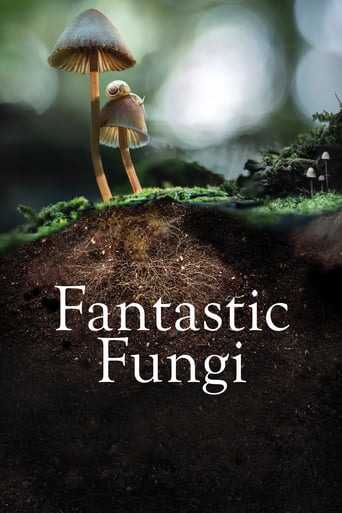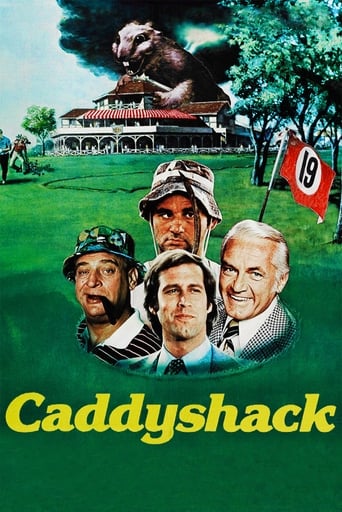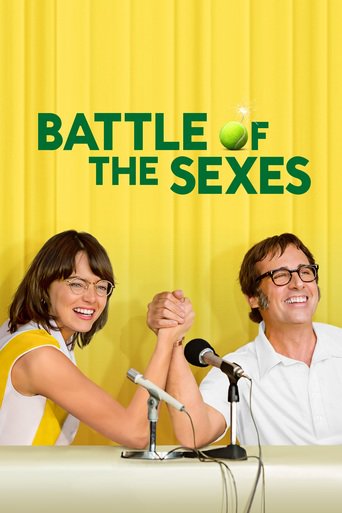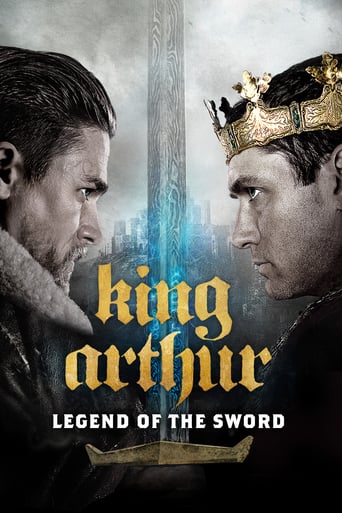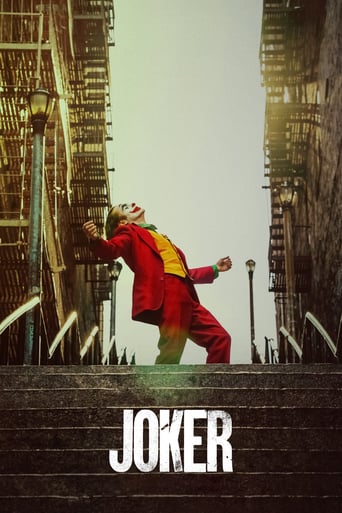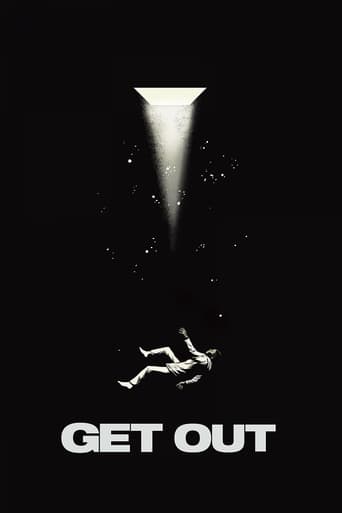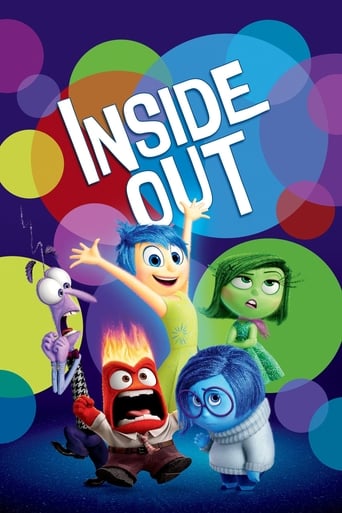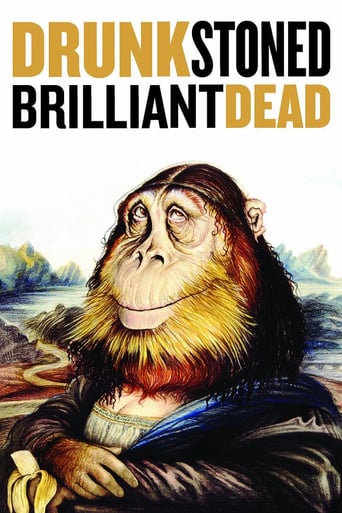


Drunk Stoned Brilliant Dead: The Story of the National Lampoon
A look at the history of the American comedy publication and production company, National Lampoon, from its beginning in the 1970s to 2010, featuring rare and never before seen footage, this is the mind boggling story of The National Lampoon from its subversive and electrifying beginnings, to rebirth as an unlikely Hollywood heavyweight, and beyond. A humour empire like no other, the impact of the magazines irreverent, often shocking, sensibility was nothing short of seismic: this is an institution whose (drunk stoned brilliant) alumni left their fingerprints all over popular culture. Both insanely great and breathtakingly innovative, The National Lampoon created the foundation of modern comic sensibility by setting the bar in comedy impossibly high.
-
- Cast:
- John Belushi , John Candy , Chevy Chase , Bill Murray , Gilda Radner , John Goodman , Beverly D'Angelo


Reviews
In truth, there is barely enough story here to make a film.
I think this is a new genre that they're all sort of working their way through it and haven't got all the kinks worked out yet but it's a genre that works for me.
It's easily one of the freshest, sharpest and most enjoyable films of this year.
The film never slows down or bores, plunging from one harrowing sequence to the next.
The edgy, twisted, often outrageously funny Lampoon died years ago, although I recall it continued as the walking dead for a few years. This documentary follows the magazine from its pre-creation with the Harvard Lampoon through its early success and then just the tip of its long, slow, painful decline. It is a talking heads documentary, but the talking heads are witty and illustrated with pages from the magazine that work as a Greek chorus and are often cleverly animated.I probably started reading the Lampoon in the mid-70s - my favorite writers were Ellis Weiner and P.J. O'Rourke - but the documentary is most concerned with what it considers the magazine's glory days in the early 70s. Truthfully, the little bits of Lampoon stuff I've read by the early writers like Beard and O'Donoghue haven't really appealed to me, but the movie tells me they were amazing geniuses and perhaps they were.The story the movie tells is a fairly superficial one. It gets into some of the drama and gives some nice background, but it sticks very closely to the geniuses-working-hard-and-having-fun. The decline is portrayed as the loss of geniuses to SNL and the movies, which seems simplistic, and there's not really much attempt to put the Lampoon into a larger societal context.Which is fine, because it's an entertaining documentary, but for me it means people giving this 10 stars just have lower standards for a great documentary than I do. This is just a nice little history that fans of the magazine will enjoy. And it's probably pretty fun even if you don't know the magazine.
I've given National Lampoon: Drunk Stoned Brilliant Dead a 5 out of 10. It's entertaining to watch: I was happy to find it on the Sky Arts channel here in the UK. But while the film traces the history of the magazine and its creators, and richly describes how the success of the magazine led to its expansion into radio comedy, comedy albums, stage shows, and movies, its images and interviews fly past quickly without the film explaining what factors led to the creation of the magazine and how it was related to other magazines, newspapers, comics, and cultural products of its time.As the documentary pointed out, the magazine grew from the Harvard Lampoon, a Harvard humour magazine that didn't reach a national audience. In the 1920s there were nationally published magazines that collected articles and cartoons from universities around the US: "College Humor" was probably the largest, and was published from 1920 to the 1940s. These college humor magazines were aimed at a young but mainstream audience. It surprised me that Drunk Stone Brilliant Dead didn't mention Mad magazine. It was Mad. first published in 1952, that brought radical and subversive humour that poked fun at authority figures to a country wide audience. Without Mad, there probably wouldn't have been a National Lampoon. It also surprised me that the documentary made no mention of the Underground press and Underground comics of the 1960s. The art style of the first issues of the Lampoon looked very reminiscent of the style of Robert Crumb and other artists from Zap. I didn't like National Lampoon very much in the 1970s. I read my older brother's issues. Even back then, I thought they were indulging in printing pictures of naked girls and making jokes about drugs and sex simply for the sake of it. They didn't have the force of the Underground comics, which were breaking ground in discussing subjects that before then couldn't be mentioned, and were using the archaic spirit of Mad to take apart the establishment and cultural heritage of the era. I remember the issue of National Lampoon that printed a spoof of Mad, taunting that Mad was stuffy, middle aged, and had long forgotten the meaning of satire. I thought that while Mad didn't print cartoons of naked women and guys smoking pot and snorting coke, it still featured strips that aptly commented on society: strips that have been reprinted and discussed in many studies about US history and the growth of graphic novels. I thought while I was watching the documentary that National Lampoon branched out very quickly into other media and became a brand: while Saturday Night Live wasn't officially associated with National Lampoon the show clearly stole their talent and their style of satire. I think the magazine pulled its punches keeping an eye on their advertising revenue and growing empire. I'm not saying it wasn't funny- I thought the record albums and movies were funny- but I think the humour of the magazine was aimed at pleasing its creators and audience of liked minded readers, rather than exposing the darker aspects of its targets. The publisher of Mad, William M Gaines, didn't allow advertising in the magazine because he said a satire magazine couldn't make fun of an advertising campaign and then print an ad a few pages later for the same product or a similar product. He also saw it as a practical issue, saying that the magazine would then try to attract more advertisers, and if it started losing some of its advertisers and the advertising income, the readers would still expect the same fancy package, but without the advertising income to pay for the higher production costs, the magazine was sunk. Which it seems, along with loss of readership, was what ultimately happened to National Lampoon.
It's notable that none of the truly successful / funny people who got their start via Lampoon- related ventures (Bill Murray, Harold Ramis, etc.) are in this movie, vouching for the quality of the Lampoon. Why is this? Because they owe their start to Second City, not to the Lampoon. Just as the Lampoon blames Lorne Michaels for taking "their" talent wholesale, they took this talent from Second City - people like John Belushi, Gilda Radner etc. ever wrote for or even had anything to do with the Lampoon. Animal House had a few laughs and, as noted in the movie, created a genre, but a realistic viewer will suspect the laughs are the result of (non-Lampoon) Harold Ramis. Caddyshack was crap. P. J. O'Rourke is (still) a pompous, unfunny drunk / conservative. Chevy Chase is here, promoting the Lampoon because the Lampoon is affiliated with his glory years 3 decades ago. The National Lampoon may have been considered shocking, new, or different, but it simply wasn't as funny as this movie makes it out to be. A truly timeless work will stand on its own. What is the legacy of the Lampoon? Quite a few people spell it out in this movie: "tits". Pictures of breasts and juvenile cartoons. Breasts are great, but (generally) not funny. If the Lampoon had classic, funny articles, people would still be referencing them (people still reference the Marx Brothers or Shakespeare). But they don't - why do you think that is?
Growing up I remember "National Lampoon Magazine" I would from time to time look at a copy at the drugstore counter or see a copy that a friend would bring to school, as my parents would not let me buy them they felt the content was to dirty! Yet I thought it was special the way that it blended funny stuff with society all blending in world events, famous people, politics, and movies and television as it even took a spin on race, sex, gender and many social topics.Yet from watching this documentary I learned a lot about National Lampoon's and that was it got it's start from educated college guys and in fact it use to be a "Harvard" university magazine! Along the way after it branched out to a magazine it expanded to the radio airwaves, then even began Lampoon plays and stand up routines. Many of the stories written in the magazine would later become hit movies most notable was 1983's "Vacation" and the Lampoon industry would launch the creation of "NBC's" "Saturday Night Live".And this documentary provided many good interviews from stars who got their start from the Lampoon franchise like Chevy Chase and Kevin Bacon and even John Goodman. And this picture told of the company history showing great highlights and drawings and covers of the magazine and news clips and commentary on how National Lampoon really did cause a stir with American society. Really this was a well done and good documentary to watch.

